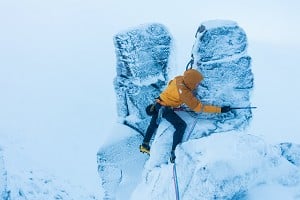
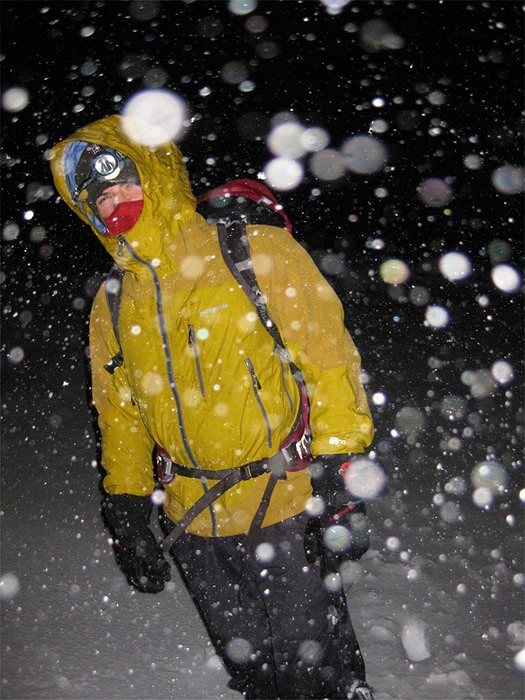
..."I used this for 10 days of climbing in the Norries this November in horrible conditions and felt like I was in a bomb shelter when it was all done up..."
I've noticed that shells are now converging in much the same way that political parties seem to be - soft shells are trying to become hard shells and vice versa. The end result will probably be some kind of Super-Jacket that will pretty much climb for you, but in the meanwhile we have to make do with the real world. So where does the Patagonia Stretch Element fit into the hard/soft shell continuum? Well it's labelled a hard shell but doesn't feel like one. It feels like a hard shell membrane with a soft shell outer. Confused? So was I.
Forget Gore-Tex, eVent and a plethora of other names. Patagonia have been making their own in-house membranes for years. The Stretch incorporates their "H2No" system, which, apart from the hilarious GCSE Science wordplay, works incredibly well. First off, this is a hard shell; the windproofness is, as you'd expect, 100%. I used this jacket for 10 days of climbing in the Norries this November in horrible conditions and felt like I was in a bomb shelter when it was all done up.
What weather? Jon Griffith in his 'bomb shelter' jacket:
However, we know it's not hard to create something that's windproof. The real challenge is making something 100% windproof but that is also not a boil-in-the-bag variety. I can't comment on the scientific differences between membranes, but in the field the H2No actually performed better than Gore-Tex. I wouldn't have believed it personally until I tried it, but this is definitely the most breathable hard shell I have ever climbed with.
I am not sure whether it is to do with the actual membrane or the soft shell style fabric that forms the outer, or even both for that matter, but it does work. The Stretch also has pit zips so that you can ventilate that extra bit - and these aren't just measly little ones either. They actually open a whopping 40cm in length allowing for incredible ventilation if needed.
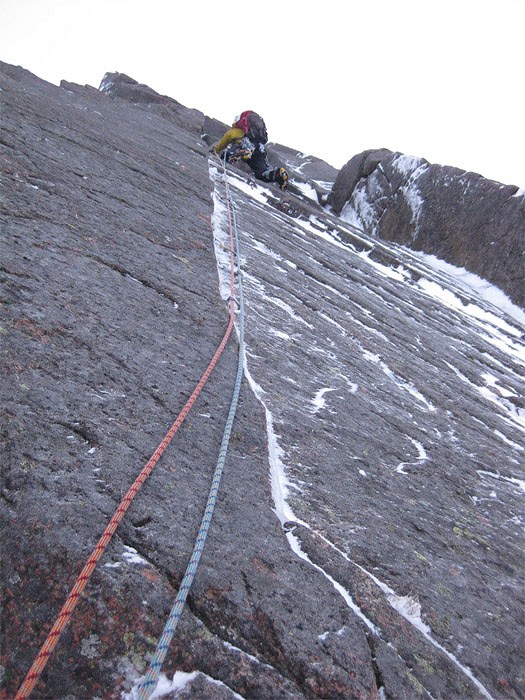
"...in the field the H2No actually performed better than Gore-Tex..."
As the name suggests, the Stretch Element is nice and stretchy. Like the Patagonia Ascensionist Jacket, (reviewed on UKClimbing last week) it doesn't ride up out of your harness when reaching for those high hooks. It isn't quite as elastic as the Ascensionist (soft shell), but then this jacket is classed as a hard shell.
As for the other details, the Stretch Element is 'Slim Fit', meaning that it doesn't bag or sag in unwanted places. The pockets on this thing are great as well - two huge mesh-lined pockets allow you to stow away pretty much anything you can think of and there are two internal mesh pockets to keep your water/food and camera warm. One of the best things about it all is that the pockets are slightly elevated up the jacket and stop a few inches from the bottom, so you don't have to worry about your harness getting in the way of the pockets. Brilliant.
The jacket is also reinforced over the shoulders and the back of the arms, meaning that you can thrutch away without worrying too much about the shell. However one point to mention is that it is not quite as durable as some of the hard shells I have worn in the past. I think this is something to do with the softer outer shell, which will obviously be weaker than a full on hard shell outer. The reinforced areas are much tougher though, and since they cover pretty much all of the abrasion zones you should be OK.
Patagonia Ascensionist Jacket
- 3-layer stretch-woven shell.
- Waterproof/breathable H2No® barrier and Deluge® DWR finish.
- 3-layer fabric reinforcements over shoulders and down sleeves.
- Stitch-free construction reinforced with exceptionally flexible tape.
- Helmet-compatible, roll-down, 3-way-adjustable hood.
- Easy-to-use, water-resistant centre zip.
- External pockets: 2 handwarmers, 1 chest.
- Internal pockets: 2 drop-in.
- low-profile, laminated, self-fabric cuffs.
- hem drawcord routed through hand pockets.
- Weight: 556 g
The only gripe I actually had with this jacket is with the hood. When the elements hit hard (and I mean really hard) I found that the mouth/face guard wasn't really adequate. It was odd because even the Ascensionist was fine on this front. I don't think that this it enough to put me off the jacket, though - even for Scottish climbing - as it was only something I have noticed once when there was a full on gale blowing in Corrie an Lochain, however it is worth mentioning.
Summary
Overall an excellent jacket as you'd expect for the RRP £300 price tag. Between the Stretch Element and the Ascensionist I would say that this is an awesome jacket for Scottish winter. The Ascensionist is probably going to be a little too thin for taking on the worst of the Scottish weather. The Stretch Element did me very well during a really wet and windy 10 days in Scotland and I was glad to have it. It is still great for Alpine climbs as well but I have swayed more towards the Ascensionist when out there as the breathability is obviously far superior because it's a soft shell.
PRICE £300
- More information on the Patagonia Website
About Jon Griffith

Jon Griffith's first climbing days were in the Avon Gorge at Bristol. After university he moved to Chamonix, where he works as a professional mountain photographer: www.alpineexposures.com.
"It's hard to pick one specific type of climbing that I prefer over the others but I think my heart still lies with big mixed alpine routes that potentially involve a couple of nights bivying. I am still getting used to the whole Chamonix 'get back in time for the last lift' style - I still include bivying as a part of any decent mountaineering experience. I am also still getting used to crack climbing - it hurts.... a lot."

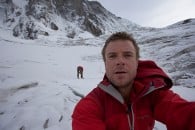

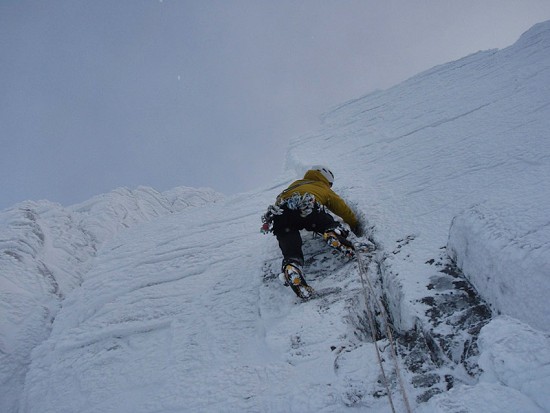
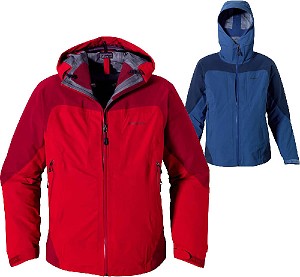
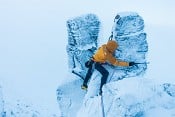




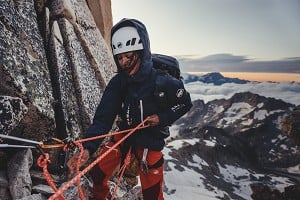
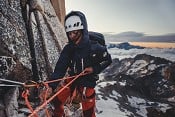
Comments